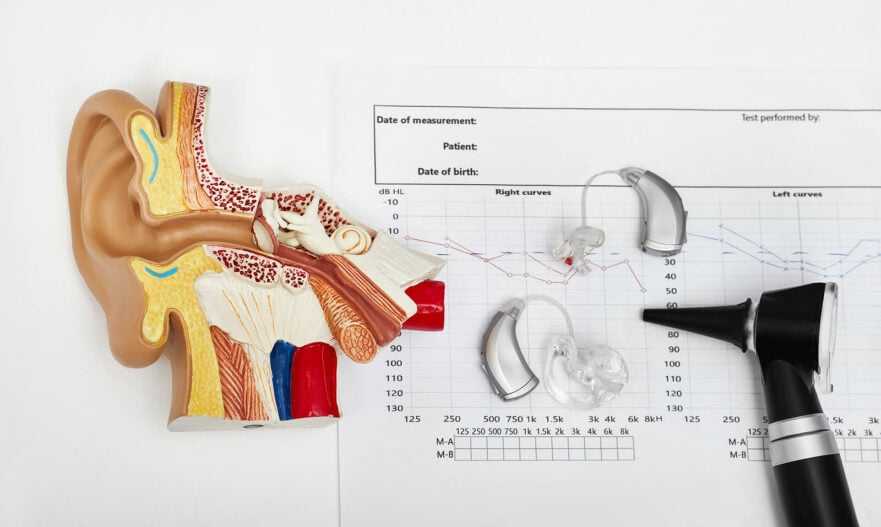Hearing aids serve as invaluable companions for individuals navigating the world with hearing loss. They provide a gateway to clearer communication and a richer experience of the sounds around us. Yet, as technology progresses and our needs evolve, it’s essential to discern when upgrading to newer hearing aid models might be appropriate! In this article, we’ll delve into the signs that signal it’s time for an upgrade.
Understanding Your Hearing Needs
The first step in determining whether an upgrade is necessary is assessing your hearing needs. Hearing abilities can fluctuate over time, influenced by factors such as age, lifestyle, and changes in health. If you find yourself straining to hear conversations, missing important sounds, or feeling overwhelmed in noisy environments, it could indicate that your existing hearing aids are no longer providing sufficient support.
Technological Advancements and Enhanced Features
Advancements in hearing aid technology have led to remarkable improvements in performance and functionality. Newer models often boast features like Bluetooth connectivity, rechargeable batteries, and sophisticated noise-reduction algorithms. These innovations can significantly enhance the listening experience, making it easier to engage in conversations, enjoy music, and navigate challenging listening environments. If your current hearing aids lack these features or if you’re intrigued by the possibilities offered by modern technology, it may be worth considering an upgrade.
Adapting to Changes in Lifestyle
Life changes can also prompt a reassessment of your hearing aid needs. Retirement, relocation, or shifts in employment may introduce new listening environments and communication demands. For instance, if you’ve recently transitioned to a job that requires frequent phone calls or meetings in noisy settings, upgrading to hearing aids with advanced speech-processing capabilities could improve your ability to communicate effectively. By aligning your hearing aids with your lifestyle, you can ensure they continue to support you in all aspects of daily life.
Addressing Wear and Tear
Like any electronic device, hearing aids are subject to wear and tear over time. If you’ve been using the same pair for several years and notice signs of deterioration, such as decreased battery life, intermittent connectivity issues, or physical damage, it may be a sign that they’re nearing the end of their lifespan. Upgrading to a newer model can not only restore functionality but also provide access to improved durability and reliability.
Evaluating Budget and Insurance Coverage
Financial considerations play a significant role in the decision-making process. If you’re in a position to invest in new hearing aids or if your insurance plan offers coverage for upgrades, it presents an opportunity to explore your options. While the initial cost of upgrading may seem daunting, it’s essential to weigh the long-term benefits and potential savings associated with improved performance, durability, and satisfaction.
Consultation with a Hearing Health Professional
Ultimately, the decision to upgrade your hearing aids should be informed by a comprehensive assessment conducted by a qualified provider. By scheduling a consultation, you can gain clarity on the benefits of upgrading and make an informed decision that aligns with your hearing goals and preferences.
Knowing when to upgrade your hearing aids involves careful consideration of various factors, including changes in hearing needs, technological advancements, lifestyle adjustments, wear and tear, and financial considerations. By staying attuned to your hearing health and seeking guidance from a trusted provider, you can embark on the path toward enhanced hearing!

